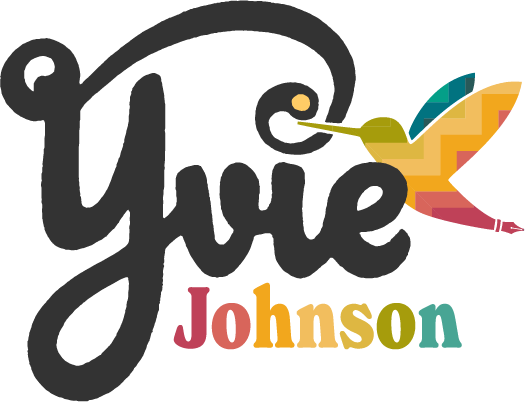Another year, another drawing challenge of seven depictions for Folktale Week. For 2020 I decided to focus on the oldest collection of stories from the British Isles; the tales of the Mabinogion. There are two reasons for choosing this (obscure?) collection, one out of simple curiosity, the other because of a tenuous ancestral connection.
The curious reason
Listening to podcasts has become a part of life as much as boiling a kettle for a cup of peppermint tea. It’s a nearly-daily habit, one I always enjoy and wish I could do more often. We all have our listening preferences, and these shape-shift over time depending on what life has thrown at us and where our motivations lie. Currently, I am fascinated with folklore, paranormal tales, historical tales, true crime tales, and interviews leaning towards spirituality and a greater understanding of the human condition. I am curious about what makes us the way we are, and how the world is viewed through nebulous lenses. What is in the cracks, which bits are missing, where are things a little (pleasantly) weird and nerdy?

One podcast in particular is the Folklore Podcast. It is what it says on the tin, a podcast that covers the topic of folklore, and in more ways than I can count.
Sometime in early November, I listened to the interview of Matt Brown and Eloise Williams, describing the Mabinogion, and their efforts to revive the tales through a modern voice. This project is aimed at children, and also at adults who want to easily digest these tales in a language that isn’t early-Victorian diction.
The colourful energy for this project took my fancy, I became a supporter of their crowdfunding campaign on Unbound, and determined that I needed to listen to the tales myself and find out what all the fuss was about. I had briefly heard of the Mab’, as they called it, but had wrongly assumed it was just an ancient set of tales that had no bearing on stories told today.
In order for me to get a hold of these stories, I had to listen to them on Audible, wincing at the vernacular as these tales had been transcribed way back in the early 1800s by a Lady who had a keen eye for culture.

The personal reason
The Mabinogion, a collection of tales revived from scripts dating back to around the 13th century, were originally written in Welsh. In the early 1800s they were translated into English by the plurilingual and highly sophisticated/intellectual aristocrat-cum-heiress, Lady Charlotte Guest. Her arrival in Wales as the wife of someone seems to be second to her commitment to improving her own awareness of culture and language. She spent time learning the Welsh language, and later translating these medieval texts into English. Lady Charlotte came to Wales, to Merthyr Tydfil, to be exact, and married the owner of an Iron Foundry, the largest in the country at that time, the Dowlais Ironworks.

This was at a time when my own ancestor, John Lloyd, a humble iron puddler from Merthyr Tydfil, also worked at the iron foundry, rearing his large family within a community of iron workers.
In 1833 there was a revolt against the gentry due to the poor living standards. Issues such as receiving tokens instead of cash as wages, tokens which could only be redeemed in the shops also owned by the Ironworks, meant workers could not acquire funds to progress in life, or to move elsewhere.
After the revolt, my family upped sticks from Merthyr to nearby Tredegar, where they remained as iron puddlers, one generation after another, long into the time of the Tredegar Community healthcare scheme which would later become the framework for our modern-day NHS.

Just prior to the 1841 census records, the first census conducted throughout Britain, my family had moved to Tredegar, perhaps as a result of the revolt. When I learnt that Lady Charlotte Guest became the owner of the Iron Works where my ancestor made his life, a cymraeg of the valleys, the connection to her cultural works felt particularly poignant. I doubt she ever met my ancestor, but she would have been aware of his situation and the life of iron workers with strong ties to their country.
Learning about and responding to prompts related to the Mabinogion feels like bridging a gap between then and now, between classes and conditions of living, between working to live and living a life.

I am grateful to Lady Charlotte and her commitment to the Welsh culture, an allyship I can comprehend, as now I am of a generation who, long after my great-grandmother left the Valleys for the metropolis of Manchester, has returned to Wales (my mother and grandfather of this line having also ‘returned’ in their own time), raising children who learnt to converse in Welsh at school, and who now get to learn about their Valleys heritage, and the Mabinogion origin story, in one presentable bundle.
The seven prompts of Folktale Week
Click here and you will be taken to my Instagram feed to learn briefly about how each story is regaled within the Mabinogion. There is far too much to convey here, but if you are wondering how on earth my images make sense in relation to these stories, I explain all within the caption of each illustration on Instagram. Alternatively, keep on scrolling to keep viewing the full set of illustrations.
Diolch yn fawr.



